-
 Bitcoin
Bitcoin $117500
2.15% -
 Ethereum
Ethereum $3911
6.19% -
 XRP
XRP $3.316
10.79% -
 Tether USDt
Tether USDt $1.000
0.01% -
 BNB
BNB $787.2
2.24% -
 Solana
Solana $175.2
4.15% -
 USDC
USDC $0.9999
0.00% -
 Dogecoin
Dogecoin $0.2225
8.40% -
 TRON
TRON $0.3383
0.28% -
 Cardano
Cardano $0.7868
6.02% -
 Stellar
Stellar $0.4382
9.34% -
 Hyperliquid
Hyperliquid $40.92
7.56% -
 Sui
Sui $3.764
7.63% -
 Chainlink
Chainlink $18.48
10.66% -
 Bitcoin Cash
Bitcoin Cash $582.1
1.88% -
 Hedera
Hedera $0.2601
6.30% -
 Avalanche
Avalanche $23.33
4.94% -
 Ethena USDe
Ethena USDe $1.001
0.02% -
 Litecoin
Litecoin $122.3
2.04% -
 UNUS SED LEO
UNUS SED LEO $8.969
-0.27% -
 Toncoin
Toncoin $3.339
0.86% -
 Shiba Inu
Shiba Inu $0.00001287
4.30% -
 Uniswap
Uniswap $10.43
7.38% -
 Polkadot
Polkadot $3.861
5.08% -
 Dai
Dai $1.000
0.02% -
 Bitget Token
Bitget Token $4.513
3.41% -
 Monero
Monero $267.7
-6.18% -
 Cronos
Cronos $0.1499
4.14% -
 Pepe
Pepe $0.00001110
5.15% -
 Aave
Aave $284.9
8.28%
What is Ethereum's consensus mechanism?
Ethereum's Proof-of-Stake consensus mechanism reduces energy consumption, improves scalability, and lowers the barrier to entry, but carries potential risks such as staking attacks and centralization.
Feb 16, 2025 at 02:12 pm
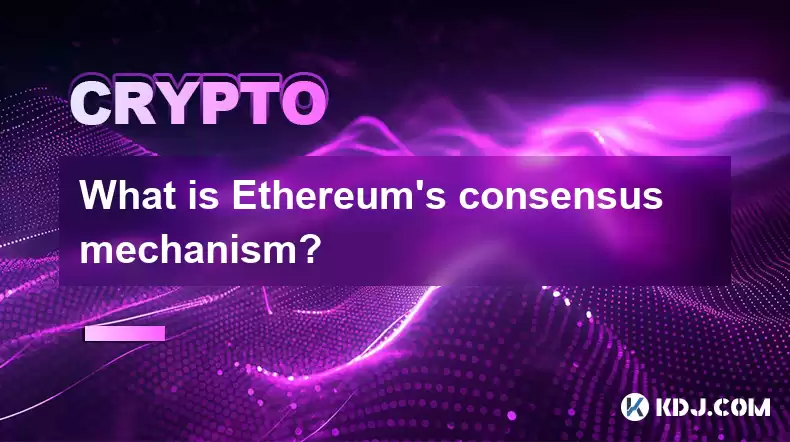
Key Points:
- Ethereum's transition from Proof-of-Work (PoW) to Proof-of-Stake (PoS)
- The role of validators in the PoS consensus mechanism
- Advantages and disadvantages of the PoS consensus mechanism
- Comparison of Ethereum's PoS mechanism with other consensus algorithms
- Effects of the consensus mechanism on Ethereum's scalability, security, and energy efficiency
Ethereum's Consensus Mechanism
Ethereum, the second-largest cryptocurrency by market capitalization, has recently undergone a significant change in its consensus mechanism. This transition, known as "The Merge," marks a shift from Proof-of-Work (PoW) to Proof-of-Stake (PoS). This fundamental change in Ethereum's architecture has several implications for its scalability, security, and energy efficiency.
Proof-of-Work (PoW) Consensus Mechanism
- Introduction: PoW was the original consensus mechanism used by Ethereum, as well as many other cryptocurrencies. In this mechanism, miners compete to solve complex mathematical puzzles. The first miner to solve the puzzle earns the right to add the next block to the blockchain and collect the associated rewards.
- Computational Intensity: PoW requires a significant amount of computational power, which can lead to high energy consumption. This high energy requirement prompted Ethereum's transition to PoS.
- Security: PoW provides a high level of security by making it difficult for malicious actors to manipulate the blockchain. However, this security comes at the expense of scalability and energy efficiency.
Proof-of-Stake (PoS) Consensus Mechanism
- Introduction: PoS is a different approach to blockchain consensus that aims to reduce energy consumption and improve scalability without sacrificing security. Instead of relying on computational power like PoW, PoS uses a system of validators who stake their ETH as collateral.
- Validators: Validators are randomly selected based on the amount of ETH they hold. Once selected, validators are responsible for proposing new blocks and verifying the validity of others. Proposing and verifying blocks earn validators a reward, while malicious behavior results in the loss of their staked ETH.
- Security: The high cost of staking ETH incentivizes validators to behave honestly. Attempts to manipulate the blockchain could lead to the loss of their staked assets, making PoS an inherently secure system.
Advantages of PoS over PoW:
- Reduced Energy Consumption: PoS eliminates the need for energy-intensive mining, significantly reducing Ethereum's carbon footprint.
- Improved Scalability: PoS can support more transactions per second than PoW, enhancing Ethereum's transaction-processing capacity.
- Lower Barrier to Entry: Becoming a validator in PoS does not require high computational power, making it more accessible to a wider range of users.
Disadvantages of PoS:
- Potential Vulnerability to Staking Attacks: If a malicious actor accumulates a large enough stake in ETH, they could potentially manipulate the blockchain.
- Complexity: Setting up and maintaining a validator node requires a certain level of technical knowledge.
- Centralization Risk: PoS could lead to the concentration of power among a small number of large validators.
Comparison of Ethereum 2.0 with Other Consensus Algorithms
Ethereum's PoS consensus mechanism differs from other consensus algorithms used in popular cryptocurrencies.
- Bitcoin (PoW): Ethereum's PoS mechanism is more energy-efficient and scalable than Bitcoin's PoW mechanism. However, PoW provides a higher level of security.
- Cardano (PoS): Cardano uses a PoS mechanism called Ouroboros, which is similar to Ethereum's PoS mechanism. However, Ouroboros is designed to be more decentralized, with a larger number of nodes participating in the consensus process.
- Solana (PoH/PoS Hybrid): Solana uses a hybrid consensus mechanism that combines elements of PoH (Proof-of-History) and PoS. This mechanism enables Solana to achieve high transaction throughput and low latency.
FAQs
Q: Why did Ethereum transition to PoS?
A: Ethereum transitioned to PoS primarily to reduce its energy consumption and improve its scalability.
Q: How does the selection of validators work in PoS?
A: Validators are randomly selected based on the amount of ETH they hold.
Q: What are the risks associated with PoS?
A: PoS carries the potential risk of staking attacks and centralization.
Q: How does Ethereum's PoS mechanism compare to other consensus algorithms?
A: Ethereum's PoS mechanism differs from Bitcoin's PoW, Cardano's Ouroboros, and Solana's PoH/PoS hybrid mechanism in terms of security, scalability, and energy efficiency.
Q: What are the advantages of Ethereum's PoS mechanism over PoW?
A: Ethereum's PoS mechanism offers advantages in terms of reduced energy consumption, improved scalability, and a lower barrier to entry.
Disclaimer:info@kdj.com
The information provided is not trading advice. kdj.com does not assume any responsibility for any investments made based on the information provided in this article. Cryptocurrencies are highly volatile and it is highly recommended that you invest with caution after thorough research!
If you believe that the content used on this website infringes your copyright, please contact us immediately (info@kdj.com) and we will delete it promptly.
- Tron's Sell-Off Spurs Altcoin Shift: What's Next for TRX?
- 2025-08-08 08:30:12
- RUVI Presale: Is the Growth Potential Real?
- 2025-08-08 09:10:12
- Sleep Token's US Takeover: Thornhill Rides the 'Even In Arcadia' Wave
- 2025-08-08 08:30:12
- FTT Token's Wild Ride: Creditor Repayments vs. Market Drop - A New Yorker's Take
- 2025-08-08 07:10:12
- Floki Crypto Price Prediction: Riding the Robinhood Rocket or Just a Meme?
- 2025-08-08 07:15:12
- EigenLayer, Restaking, and Ethereum: Navigating the Hype and the Hazards
- 2025-08-08 06:30:12
Related knowledge

Where can I buy UMA (UMA)?
Aug 07,2025 at 06:42pm
Understanding UMA and Its Role in Decentralized FinanceUMA (Universal Market Access) is an Ethereum-based decentralized finance (DeFi) protocol design...

What exchanges support buying IOTA (MIOTA)?
Aug 07,2025 at 09:58pm
Understanding the Role of Private Keys in Cryptocurrency SecurityIn the world of cryptocurrency, private keys are the cornerstone of ownership and con...
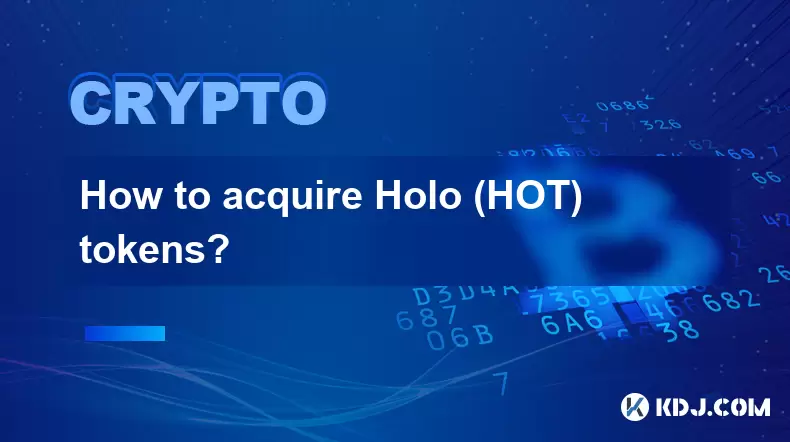
How to acquire Holo (HOT) tokens?
Aug 08,2025 at 05:56am
Understanding Holo (HOT) and Its EcosystemHolo (HOT) is a cryptocurrency token associated with the Holo ecosystem, which is built on the Holochain fra...
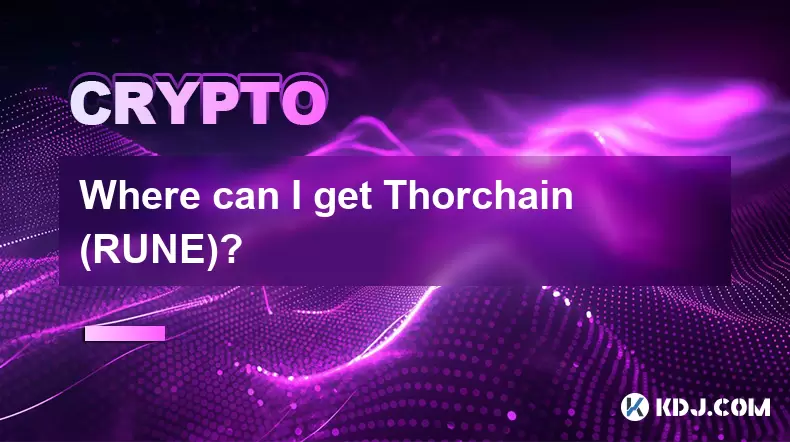
Where can I get Thorchain (RUNE)?
Aug 08,2025 at 08:07am
Understanding the Role of Seed Phrases in Cryptocurrency WalletsA seed phrase, also known as a recovery phrase or mnemonic phrase, is a critical compo...
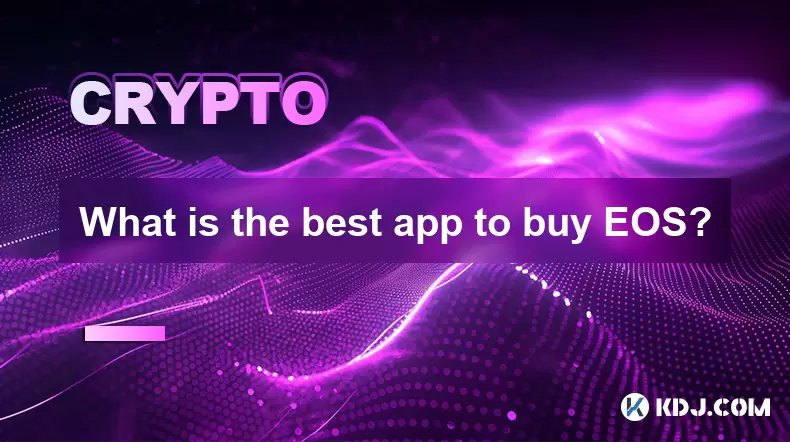
What is the best app to buy EOS?
Aug 07,2025 at 04:35pm
Understanding EOS and Its Role in the Cryptocurrency EcosystemEOS is a blockchain platform designed to support decentralized applications (dApps) with...
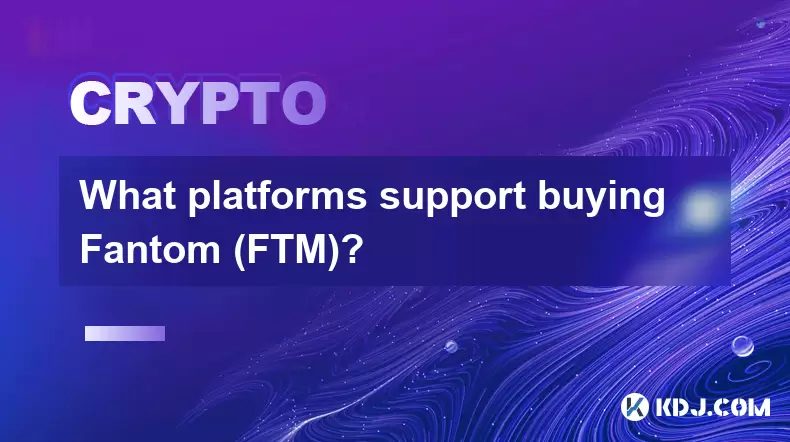
What platforms support buying Fantom (FTM)?
Aug 08,2025 at 01:56am
Overview of Fantom (FTM) and Its EcosystemFantom (FTM) is a high-performance, scalable, and secure layer-1 blockchain designed to overcome the limitat...

Where can I buy UMA (UMA)?
Aug 07,2025 at 06:42pm
Understanding UMA and Its Role in Decentralized FinanceUMA (Universal Market Access) is an Ethereum-based decentralized finance (DeFi) protocol design...

What exchanges support buying IOTA (MIOTA)?
Aug 07,2025 at 09:58pm
Understanding the Role of Private Keys in Cryptocurrency SecurityIn the world of cryptocurrency, private keys are the cornerstone of ownership and con...

How to acquire Holo (HOT) tokens?
Aug 08,2025 at 05:56am
Understanding Holo (HOT) and Its EcosystemHolo (HOT) is a cryptocurrency token associated with the Holo ecosystem, which is built on the Holochain fra...

Where can I get Thorchain (RUNE)?
Aug 08,2025 at 08:07am
Understanding the Role of Seed Phrases in Cryptocurrency WalletsA seed phrase, also known as a recovery phrase or mnemonic phrase, is a critical compo...

What is the best app to buy EOS?
Aug 07,2025 at 04:35pm
Understanding EOS and Its Role in the Cryptocurrency EcosystemEOS is a blockchain platform designed to support decentralized applications (dApps) with...

What platforms support buying Fantom (FTM)?
Aug 08,2025 at 01:56am
Overview of Fantom (FTM) and Its EcosystemFantom (FTM) is a high-performance, scalable, and secure layer-1 blockchain designed to overcome the limitat...
See all articles

























































































